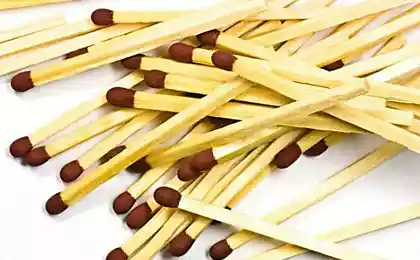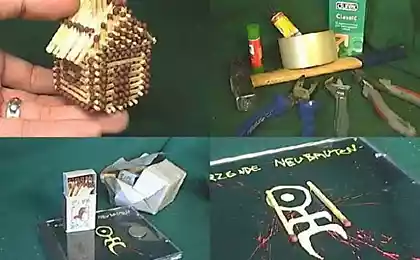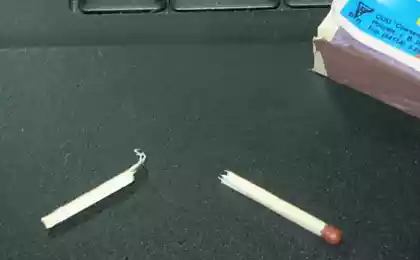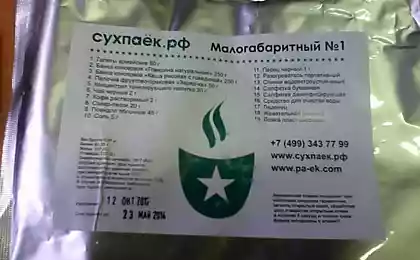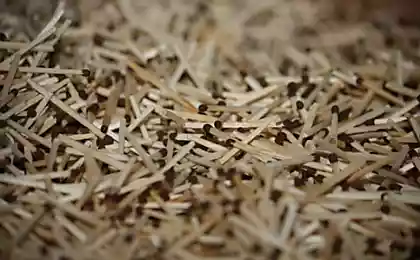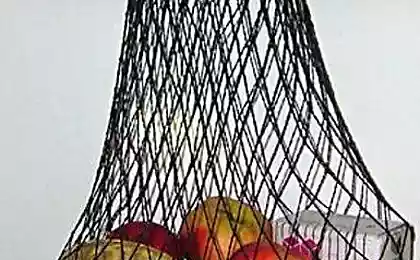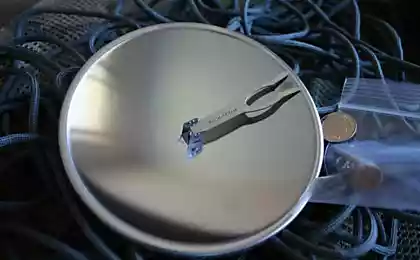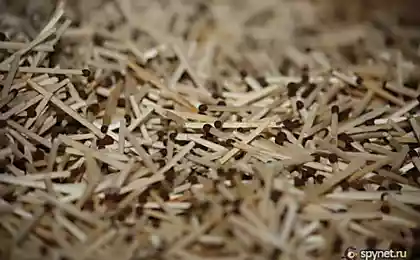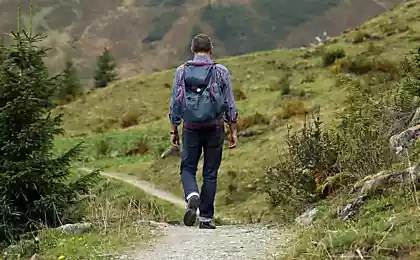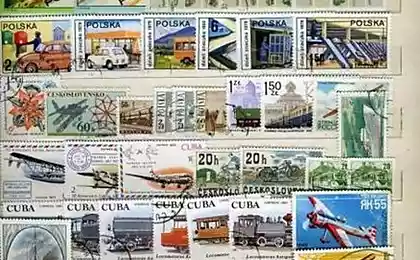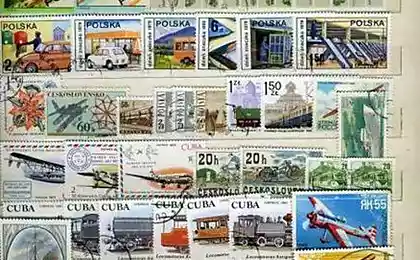854
Matches. Their diversity.
Since ancient times, man fire served a variety of purposes. Fire come in different times he brought natural disasters such as volcanic eruptions and fires burning everything in its path. Sometimes the fire in the hearth saved weary traveler from the damp and cold. Fire was used for cooking write. For illumination of streets and houses.
Now we are almost do not think about the gift of "Prometheus". For us, the fire humdrum thing. He easily takes off from lighters and abruptly flashes a bright flash, a lighted match. But the main theme will be the emergence of matches. The topic will be quite a bit of history and a lot of photographs of various match boxes. Taken from my collection.
Text taken from Wikipedia.
History of inventions and discoveries in chemistry at the end of XVIII - early XIX centuries., Which led to the invention of different types of matches is rather confused. International patent law did not yet exist, the European countries are often challenged the primacy of each other in many projects, and various inventions and discoveries appeared almost simultaneously in different countries. So it makes sense to speak only about the industrial (manufactory) the manufacture of matches.
The first match came at the end of the XVIII century. It was a chemical match ignites on contact head of a mixture of sugar and potassium perchlorate with sulfuric acid. In 1813, Vienna was registered first in Austria-Hungary match-manufacture Mahliard'a Wik'a and the production of chemical matches. By the time the production of sulfur matches (1826) English chemist and druggist John Walker (Eng. John Walker) chemical matches were already quite widespread in Europe (one for a match used Charles Darwin, raskusyvaya glass cones with acid and the risk of burn). [ next]
The head of John Walker in matches consisting of a mixture of antimony sulfide, potassium chlorate and gum arabic (gum - a viscous liquid secreted by acacia). When rubbing a match on sandpaper (grater) or other fairly rough surface of its head is easily ignited.
Matches Walker was a yard long. They were packed in tin canisters of 100 pieces, but the big money on his invention Walker has not earned. In addition, these matches had a horrible smell. Later they began to be marketed matches of lesser magnitude.
In 1830, 19-year-old French chemist Charles Soria invented phosphorus matches, consisting of a mixture of potassium chlorate, phosphorus and glue white. These matches are very flammable, as even light up the mutual friction in the box and the friction of any solid surface, such as the sole of the boot (can not remember the character of Charlie Chaplin, who lit a match on their own pants). While walking English anecdote in which an entire match says another poluobgorevshey: "You see, what ends your bad habit of scratching your head!" Matches Soria had no odor, but were harmful to health, since white phosphorus is very poisonous than used by many suicide for information, scores with life.
The main disadvantage of matches Walker and Soria was the instability of the ignition of the cutting matches - burning time head was very small. Yield found the inventive phosphorus-sulfur matches, the head of which is made in two stages - first the stalk dipped in a mixture of sulfur, wax or stearin, a small amount of potassium chlorate and glue, and then a mixture of white phosphorus, potassium chlorate and glue. Flash phosphorus lit a slow-burning mixture of sulfur and wax, from which stem ignited matches.
These matches were dangerous not only in production, but also to use - repayment of cuttings of matches continued to fester, leading to frequent fires. This problem was solved soaked stalks match ammonium phosphate (NH4H2PO4). These matches were called impregnated (Eng. Impregnated - Impregnated) or, later, safe. For stable combustion cutting it started impregnated with wax or stearin (later - paraffin).
In 1855 the Swedish chemist Johan Lundstrom struck the red phosphorus on the surface of sandpaper and replace them as white phosphorus in the composition head matches. These matches do not bring harm, easily lit on the previously prepared surface and almost explosive. Johan Lundstrom patented the first "Swedish Match", which has come down almost to the present day. In 1855 Lundstrem matches were awarded medals at the World Exhibition in Paris. Later, phosphorus has been completely removed from the heads of matches and remained only in the spreads (floats).
With the development of the production of "Swedish" matches, the production of matches with white phosphorus was prohibited in almost all countries. Before the invention of matches seskvisulfidnyh limited production of matches with white phosphorus remained only in England, Canada and the United States, mainly for military purposes, and (until 1925) - in some Asian countries. In 1906 it adopted the international Berne Convention, which prohibits the use of white phosphorus in the manufacture of matches. By 1910, the production of phosphorus matches in Europe and America has been completely phased out.
Seskvisulfidnye matches were invented in 1898 by French chemists Savin and Caen. They are produced mainly in English-speaking countries, mainly for military purposes. The basis of a fairly complex compositions are non-toxic head seskvisulfid phosphorus (P4S3) and bertoletova salt.
At the end of the XIX century match the business turned into a Swedish "national sport." In 1876, it was built 38 plants for the production of matches, and a total of 121 working factory. However, by the beginning of the XX century, almost all of them either went bankrupt or merged into larger corporations.
Currently, matches, produced in most European countries, do not contain sulfur and chlorine - are used instead paraffins and chlorine-free oxidants. Matches of Switzerland
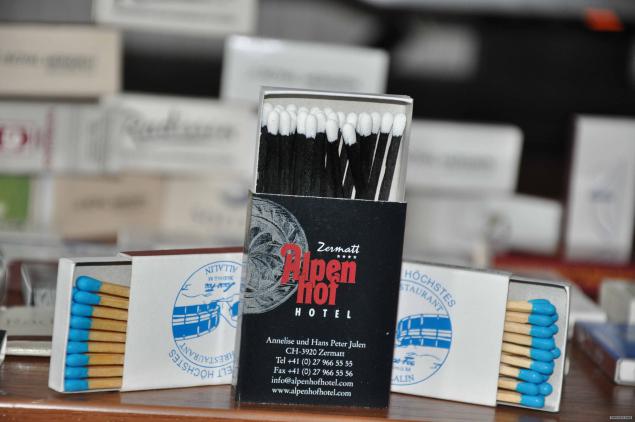
Of the various hotels in the world
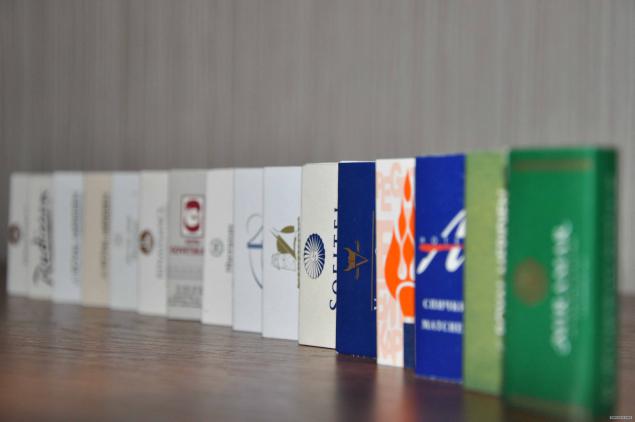
Cigarette Series

More

Another
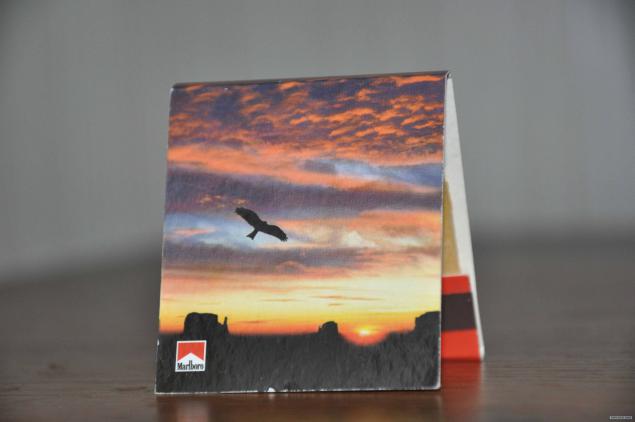
And
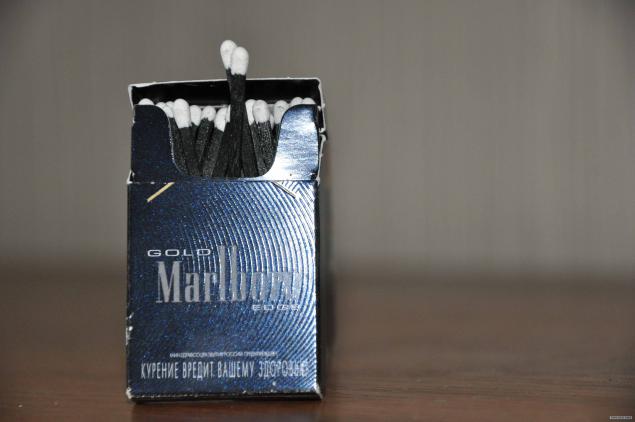
Here are for example BOND
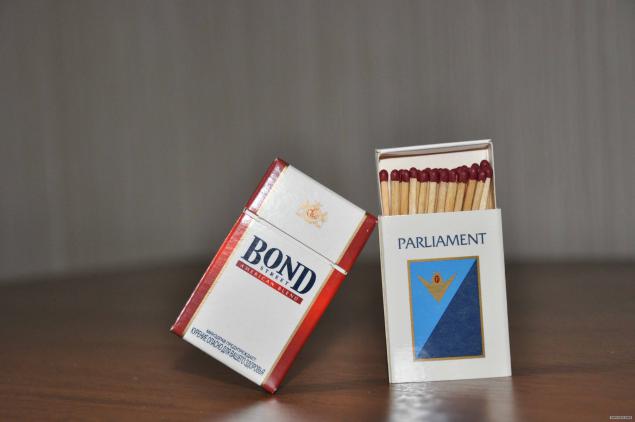
CITY
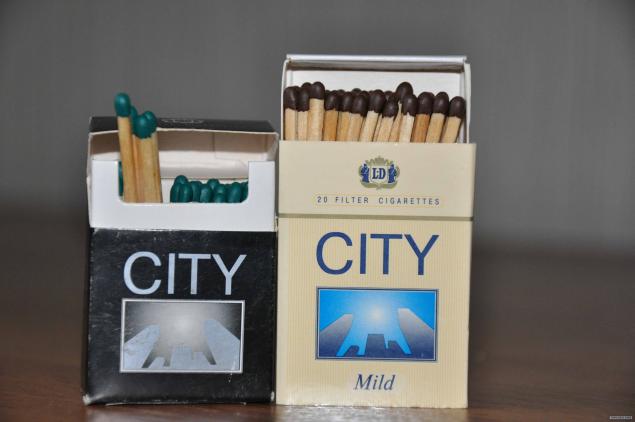
Sovereign
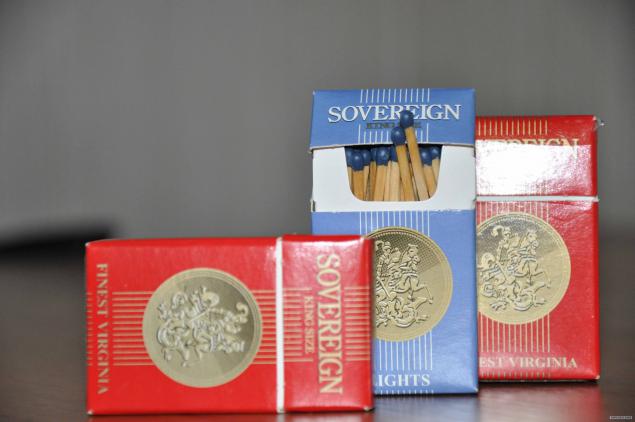
Gauloises
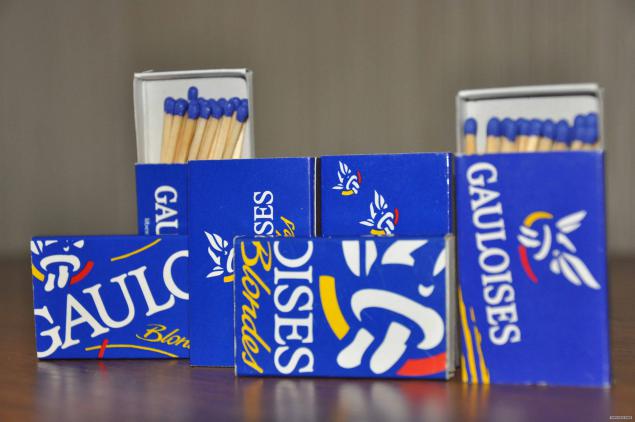
Pall Mall
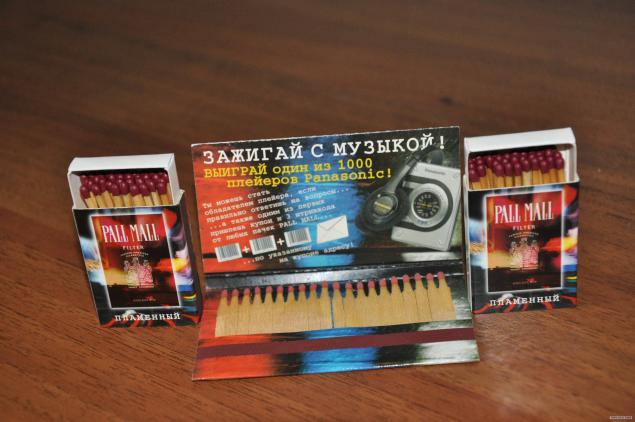
chesterfield
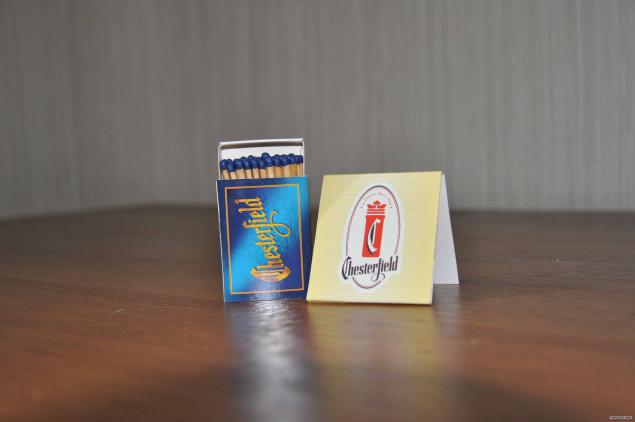
Magna
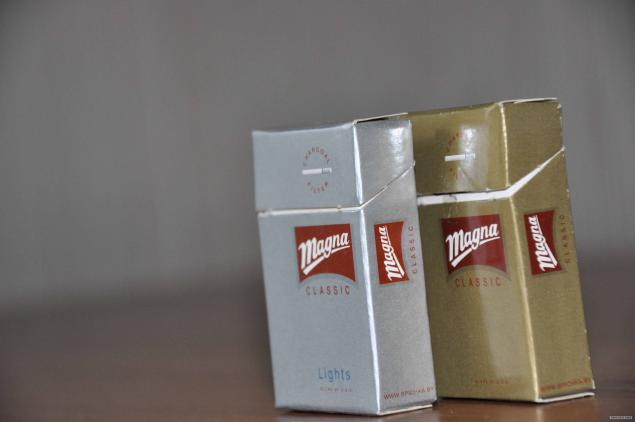
Mild Seven
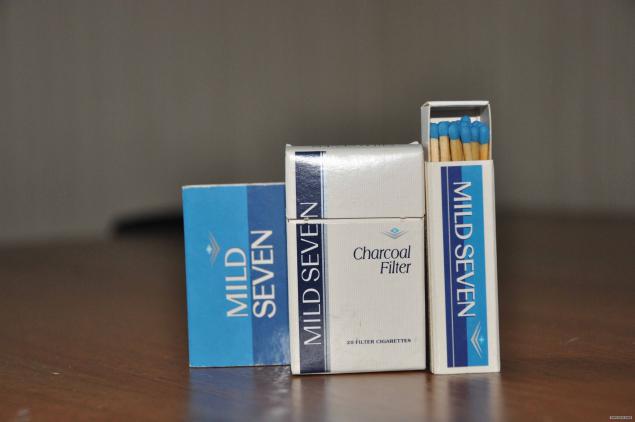
R1
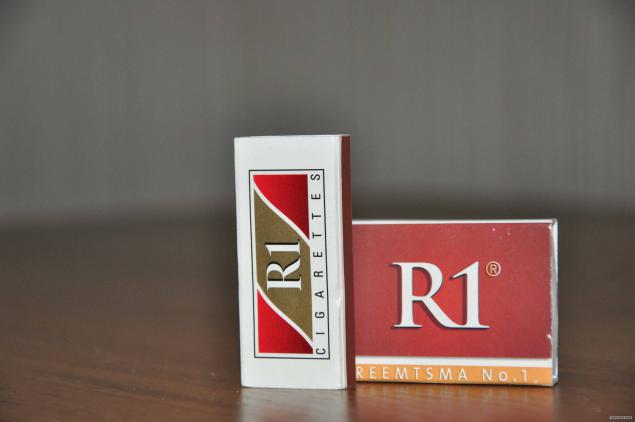
Kent

West
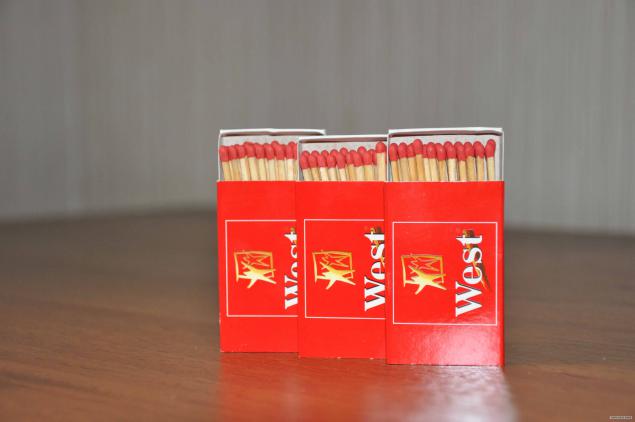
More naborchik

Optima and Monte Carlo
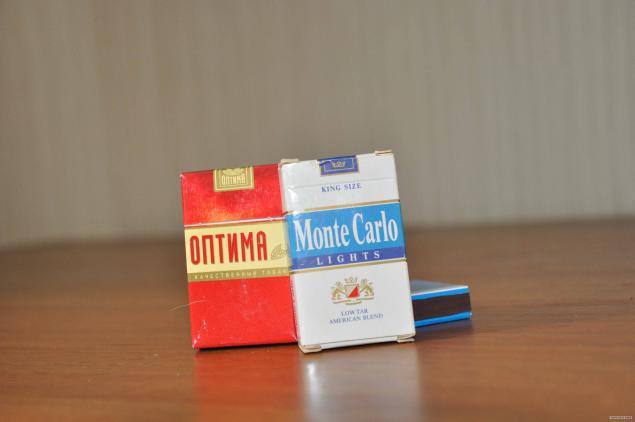
Vogue one of the most beloved. The design is very cool.
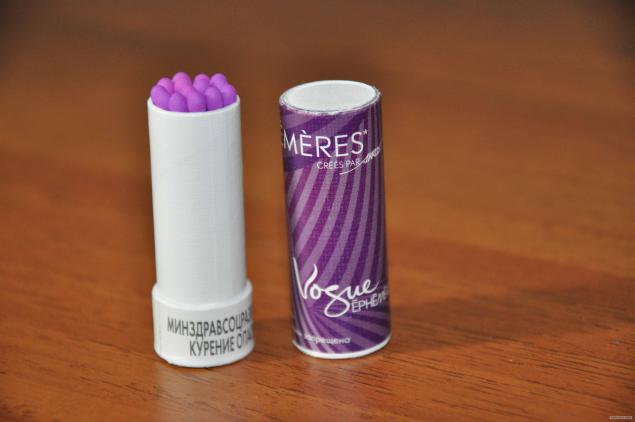
Matches for special purposes. Do not burn faded out of the rain, even in the most extreme conditions, they are almost impossible to stamp out, match simply vplavlivaetsya in krosovok.

Triangular match. It is a match for the tourist. They are convenient to light fires in the countryside. Burn up to 7 minutes.

Fireplace matches and hunting. hunting matches are designed for special purposes and matches to ignite the fire in tezhelo weather conditions (rain, snow, wind)
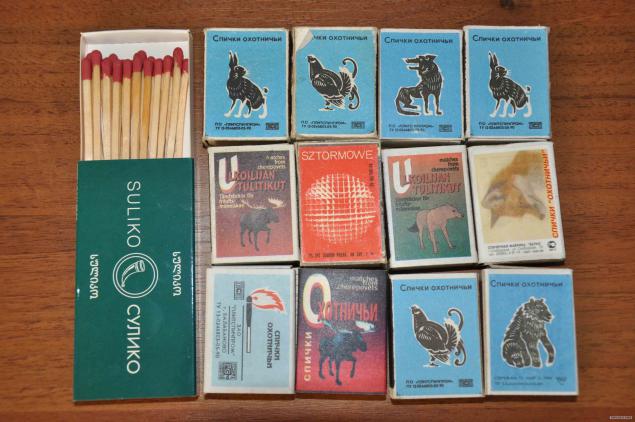
Cafes, restaurants
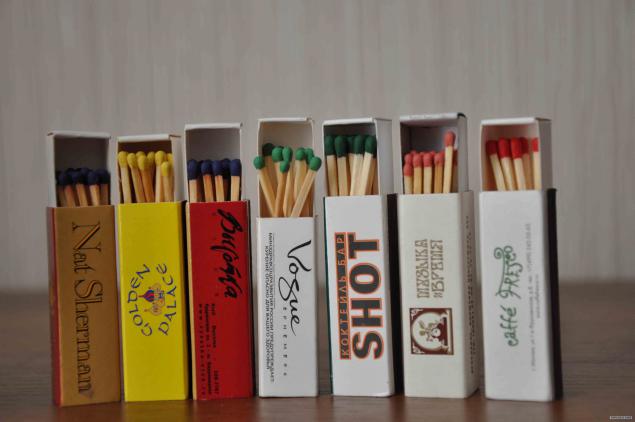
Also gambling houses, cafes, shops
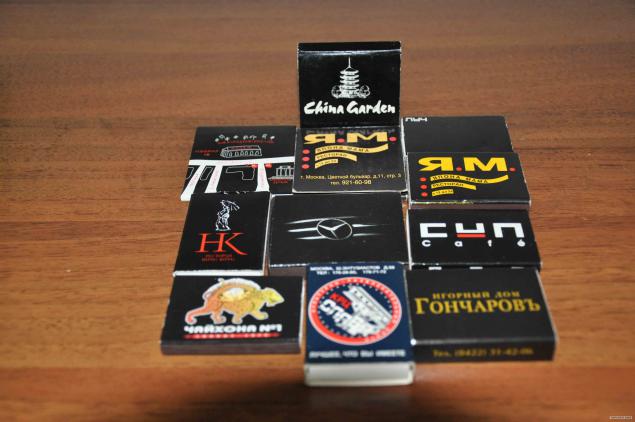
Here are

Czech
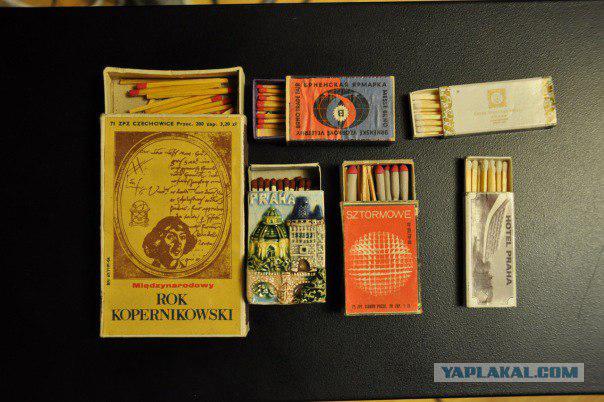
I do not remember where)
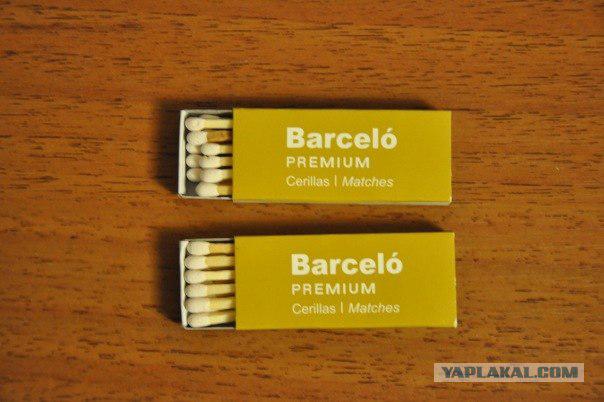
Germany or Austria
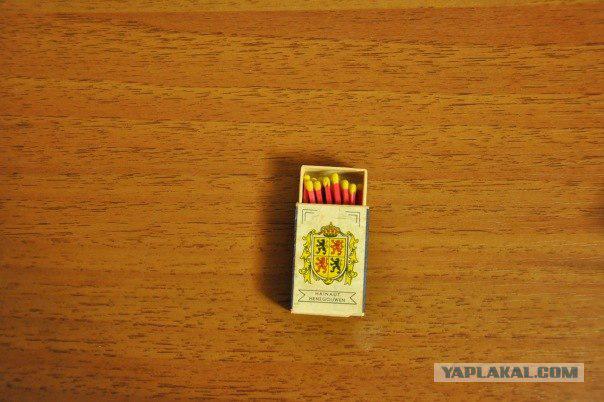
Estonia
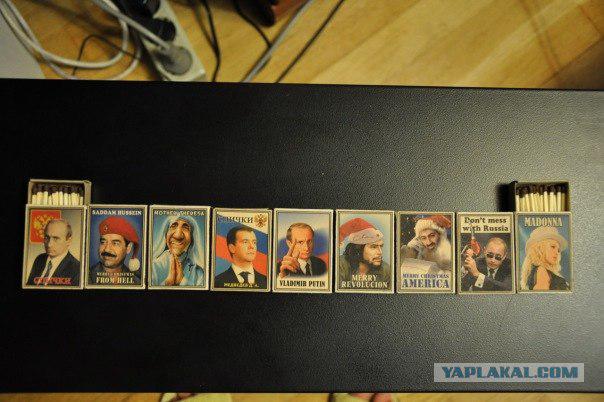
Bulgaria

Belgium
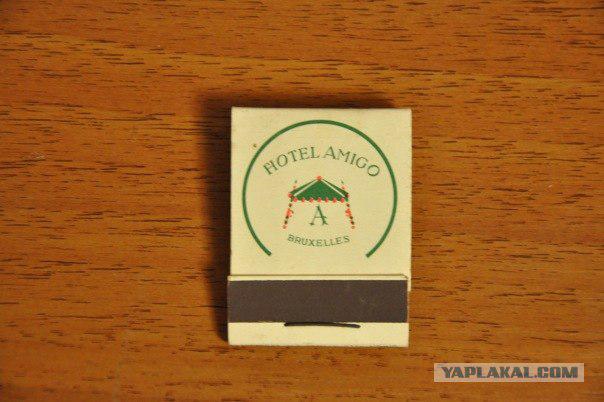
Germany

UAE

Like Spain
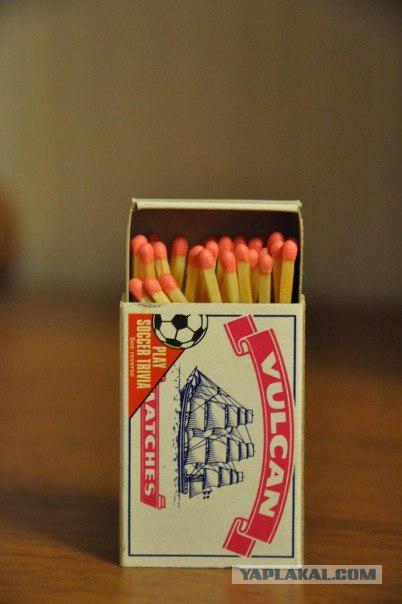
Egypt
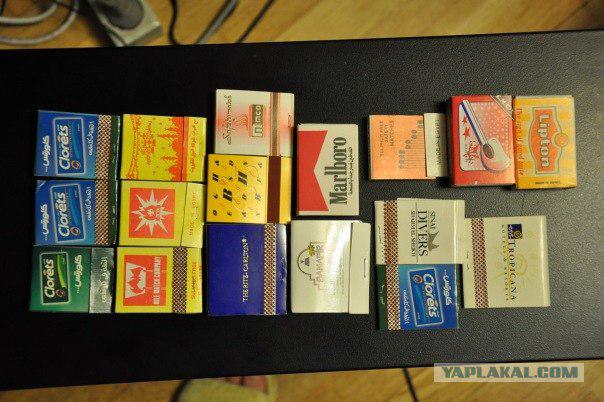
Cuba
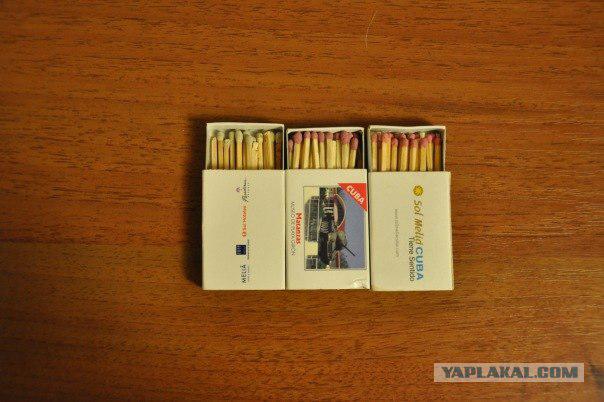
Turkey
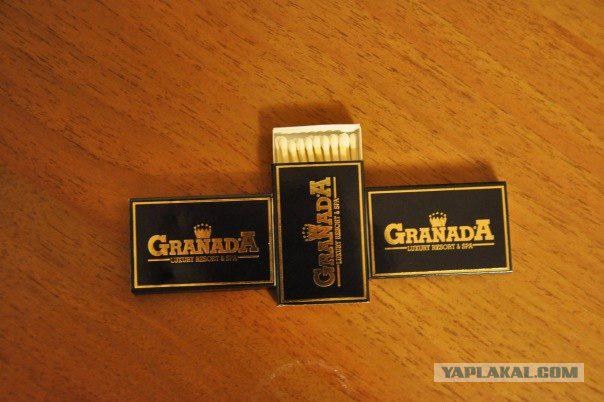
Brazil
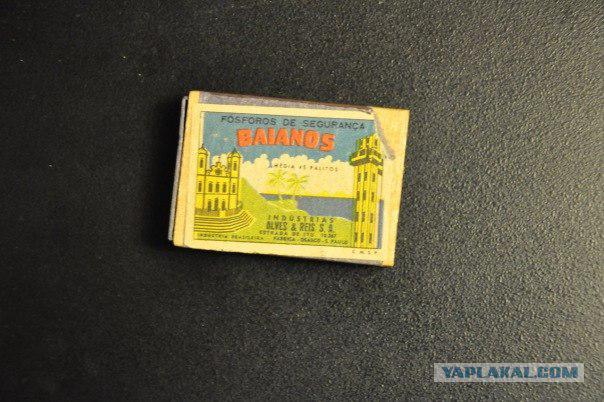
Spain
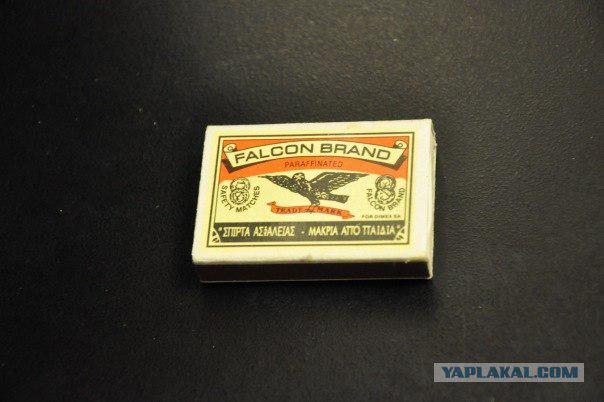
collector's set of German

US but not sure)
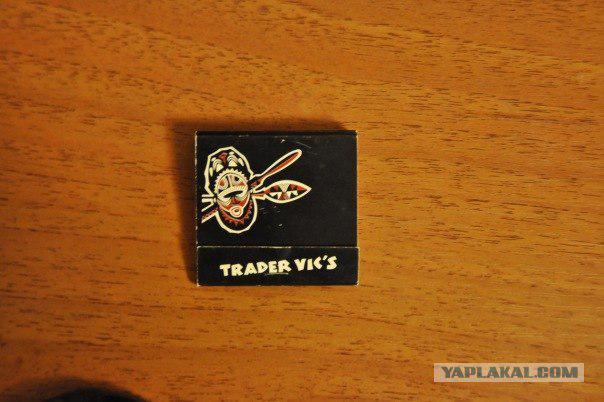
Swiss
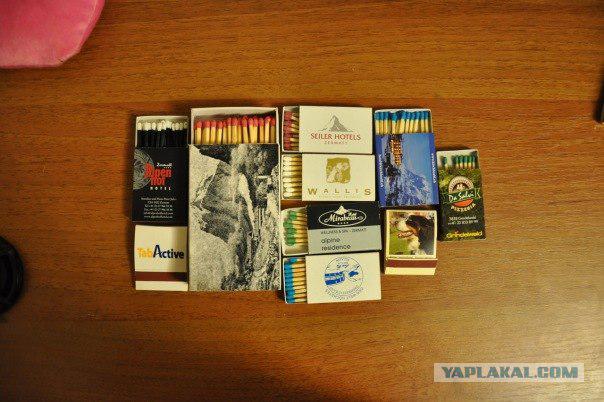
help here, whose hieroglyphics?
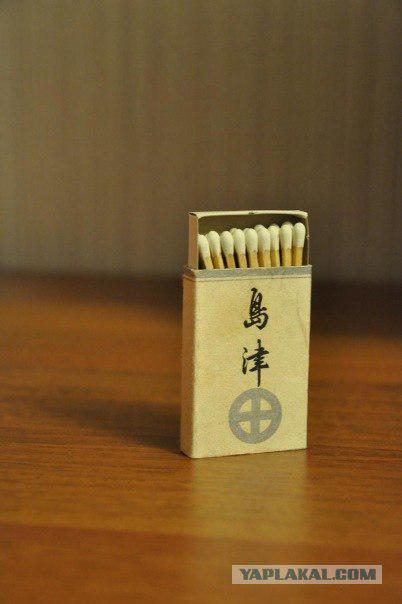
France

Spain

Bali

Maldives
Posted in [mergetime] 1297515514 [/ mergetime]
Mark decided to put some of the smaller pictures repeated)
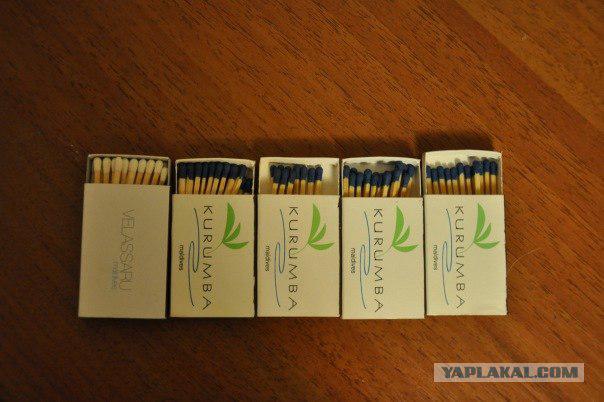
Source:
Now we are almost do not think about the gift of "Prometheus". For us, the fire humdrum thing. He easily takes off from lighters and abruptly flashes a bright flash, a lighted match. But the main theme will be the emergence of matches. The topic will be quite a bit of history and a lot of photographs of various match boxes. Taken from my collection.
Text taken from Wikipedia.
History of inventions and discoveries in chemistry at the end of XVIII - early XIX centuries., Which led to the invention of different types of matches is rather confused. International patent law did not yet exist, the European countries are often challenged the primacy of each other in many projects, and various inventions and discoveries appeared almost simultaneously in different countries. So it makes sense to speak only about the industrial (manufactory) the manufacture of matches.
The first match came at the end of the XVIII century. It was a chemical match ignites on contact head of a mixture of sugar and potassium perchlorate with sulfuric acid. In 1813, Vienna was registered first in Austria-Hungary match-manufacture Mahliard'a Wik'a and the production of chemical matches. By the time the production of sulfur matches (1826) English chemist and druggist John Walker (Eng. John Walker) chemical matches were already quite widespread in Europe (one for a match used Charles Darwin, raskusyvaya glass cones with acid and the risk of burn). [ next]
The head of John Walker in matches consisting of a mixture of antimony sulfide, potassium chlorate and gum arabic (gum - a viscous liquid secreted by acacia). When rubbing a match on sandpaper (grater) or other fairly rough surface of its head is easily ignited.
Matches Walker was a yard long. They were packed in tin canisters of 100 pieces, but the big money on his invention Walker has not earned. In addition, these matches had a horrible smell. Later they began to be marketed matches of lesser magnitude.
In 1830, 19-year-old French chemist Charles Soria invented phosphorus matches, consisting of a mixture of potassium chlorate, phosphorus and glue white. These matches are very flammable, as even light up the mutual friction in the box and the friction of any solid surface, such as the sole of the boot (can not remember the character of Charlie Chaplin, who lit a match on their own pants). While walking English anecdote in which an entire match says another poluobgorevshey: "You see, what ends your bad habit of scratching your head!" Matches Soria had no odor, but were harmful to health, since white phosphorus is very poisonous than used by many suicide for information, scores with life.
The main disadvantage of matches Walker and Soria was the instability of the ignition of the cutting matches - burning time head was very small. Yield found the inventive phosphorus-sulfur matches, the head of which is made in two stages - first the stalk dipped in a mixture of sulfur, wax or stearin, a small amount of potassium chlorate and glue, and then a mixture of white phosphorus, potassium chlorate and glue. Flash phosphorus lit a slow-burning mixture of sulfur and wax, from which stem ignited matches.
These matches were dangerous not only in production, but also to use - repayment of cuttings of matches continued to fester, leading to frequent fires. This problem was solved soaked stalks match ammonium phosphate (NH4H2PO4). These matches were called impregnated (Eng. Impregnated - Impregnated) or, later, safe. For stable combustion cutting it started impregnated with wax or stearin (later - paraffin).
In 1855 the Swedish chemist Johan Lundstrom struck the red phosphorus on the surface of sandpaper and replace them as white phosphorus in the composition head matches. These matches do not bring harm, easily lit on the previously prepared surface and almost explosive. Johan Lundstrom patented the first "Swedish Match", which has come down almost to the present day. In 1855 Lundstrem matches were awarded medals at the World Exhibition in Paris. Later, phosphorus has been completely removed from the heads of matches and remained only in the spreads (floats).
With the development of the production of "Swedish" matches, the production of matches with white phosphorus was prohibited in almost all countries. Before the invention of matches seskvisulfidnyh limited production of matches with white phosphorus remained only in England, Canada and the United States, mainly for military purposes, and (until 1925) - in some Asian countries. In 1906 it adopted the international Berne Convention, which prohibits the use of white phosphorus in the manufacture of matches. By 1910, the production of phosphorus matches in Europe and America has been completely phased out.
Seskvisulfidnye matches were invented in 1898 by French chemists Savin and Caen. They are produced mainly in English-speaking countries, mainly for military purposes. The basis of a fairly complex compositions are non-toxic head seskvisulfid phosphorus (P4S3) and bertoletova salt.
At the end of the XIX century match the business turned into a Swedish "national sport." In 1876, it was built 38 plants for the production of matches, and a total of 121 working factory. However, by the beginning of the XX century, almost all of them either went bankrupt or merged into larger corporations.
Currently, matches, produced in most European countries, do not contain sulfur and chlorine - are used instead paraffins and chlorine-free oxidants. Matches of Switzerland

Of the various hotels in the world

Cigarette Series

More

Another

And

Here are for example BOND

CITY

Sovereign

Gauloises

Pall Mall

chesterfield

Magna

Mild Seven

R1

Kent

West

More naborchik

Optima and Monte Carlo

Vogue one of the most beloved. The design is very cool.

Matches for special purposes. Do not burn faded out of the rain, even in the most extreme conditions, they are almost impossible to stamp out, match simply vplavlivaetsya in krosovok.

Triangular match. It is a match for the tourist. They are convenient to light fires in the countryside. Burn up to 7 minutes.

Fireplace matches and hunting. hunting matches are designed for special purposes and matches to ignite the fire in tezhelo weather conditions (rain, snow, wind)

Cafes, restaurants

Also gambling houses, cafes, shops

Here are

Czech

I do not remember where)

Germany or Austria

Estonia

Bulgaria

Belgium

Germany

UAE

Like Spain

Egypt

Cuba

Turkey

Brazil

Spain

collector's set of German

US but not sure)

Swiss

help here, whose hieroglyphics?

France

Spain

Bali

Maldives
Posted in [mergetime] 1297515514 [/ mergetime]
Mark decided to put some of the smaller pictures repeated)

Source:
